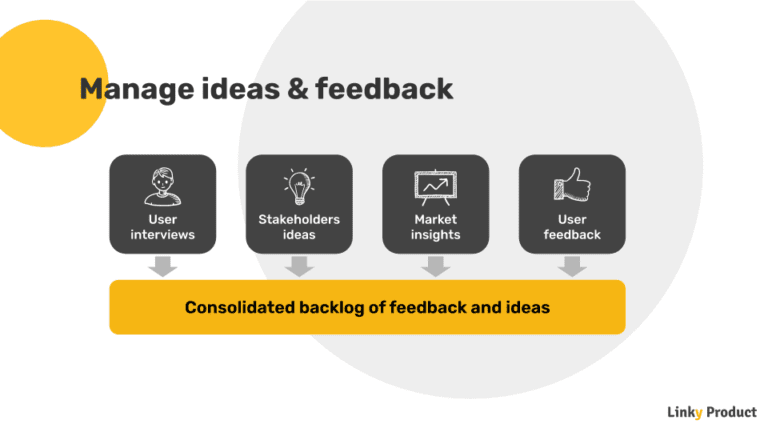“Ensuring the product’s success.” What does that even mean? Product Managers are doing a job that might be a bit obscure for a lot of people. But as soon as an effective Product Manager joined a team, no one wants him or her to leave.
The Product Manager role is a very complete job, with a diverse set of responsibilities and mission. Probably one of the most exciting careers you can have.
But what are Product Managers doing exactly?
Explaining it to your grandma
We get it! Explaining new jobs can be tricky. We have to explain new words; it often goes with very abstract concepts that even people doing the job for multiple years can struggle to understand correctly.
That’s why we love to use a straightforward definition of the ultimate goal of Product Managers, for when we need to explain it to our grandma who never worked with software:
Product Managers help their teams and company to ship the right product to their users.
This definition regroups all the most critical aspects of the Product Management practice: ensuring the team knows where we are going, ensuring that we help the business to reach its objectives, ensuring that we are reaching user needs.
We are going to discuss the role in a more detailed way later in this post. However, you will see that everything can be linked to these three pillars: team, business, users.
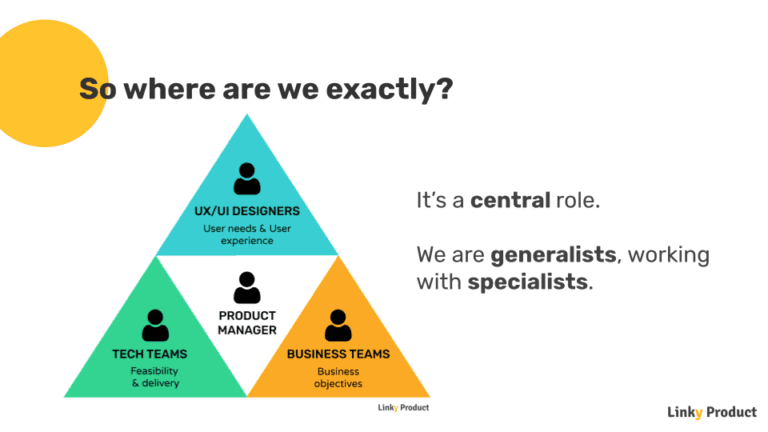
Grandma is fine. What are the details?
Product Managers are mainly working to answer one question over and over again:
What problems are we trying to solve?
In order to make their product successful, Product Managers have to ensure that it is solving a real problem before doing anything else. They have to ensure that their product is really helping their users.
Trying to answer this question actually leads to other essential and interesting questions:
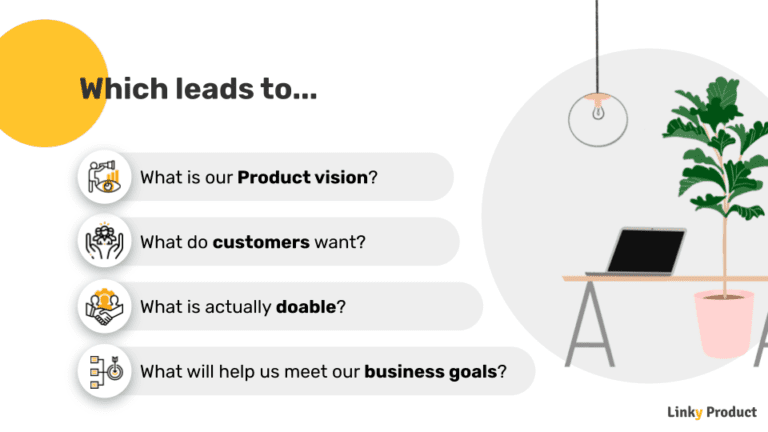
What is our Product vision?
By understanding our users’ problems and imagining a solution that is solving them, we are at the beginning of creating a Product vision.
Defining, refining, and sharing this vision is a crucial part of the job. It serves multiple purposes. The most important one is to align the teams we are working with: we want to be sure that everyone is running in the same direction.
By clarifying the problems that we are solving, the whole organization can leverage every team member’s talent and knowledge to create the best possible product.
This Product vision also helps us ensure that we are not changing directions too much or (even better) that we are not changing directions without knowing it.
Changing direction and pivoting is an important step and cannot be taken lightly. Having a clear Product vision, shared and understood among all team members, will help to detect this moment.
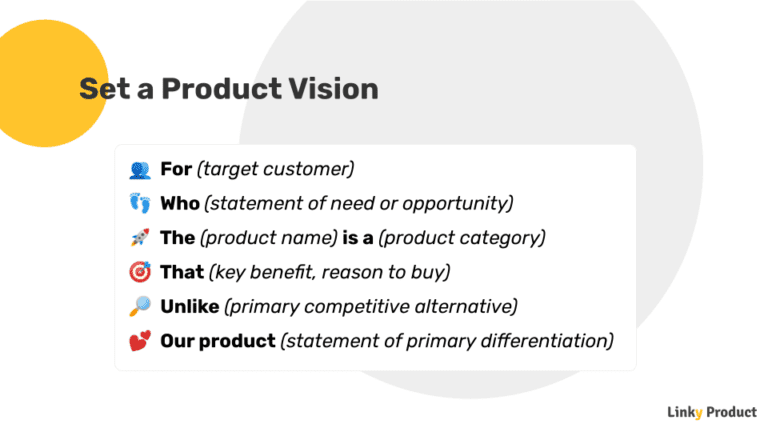
What do customers want?
There are often multiple ways to solve a problem. When users’ problems are identified, we can create multiple ways to solve them.
Product Managers are obsessed with answering this question. We all want to gather user feedback as often as possible to ensure that we understand them perfectly. Getting constant user feedback is an essential part of our jobs.
We want to validate our solutions, ensuring that our users love our product. Using user interviews or other techniques, Product Managers are always looking to get feedback from real users.
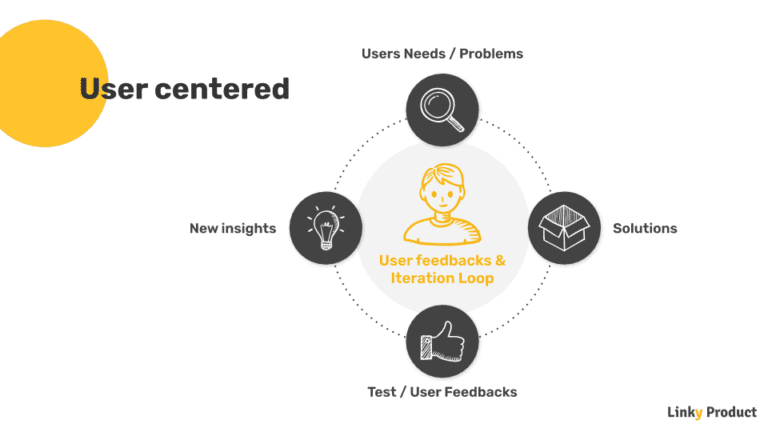
What is actually doable?
Product vision, user interviews, market research… all these amazing steps will be nothing without execution!
Product Managers are also highly involved during the execution phase: they are present during the product development. The most visible part of their job at that moment is to clearly express requirements (which are actually user needs) and priorities.
We are ensuring that the most important features are developed first.Most of the time, our goal is to release our product as early as possible to get immediate feedback (see “What do customers want?” question!).
It means that Product Managers are often in discussions with the development team to find the best balance between a technically perfect product and a product released too early.
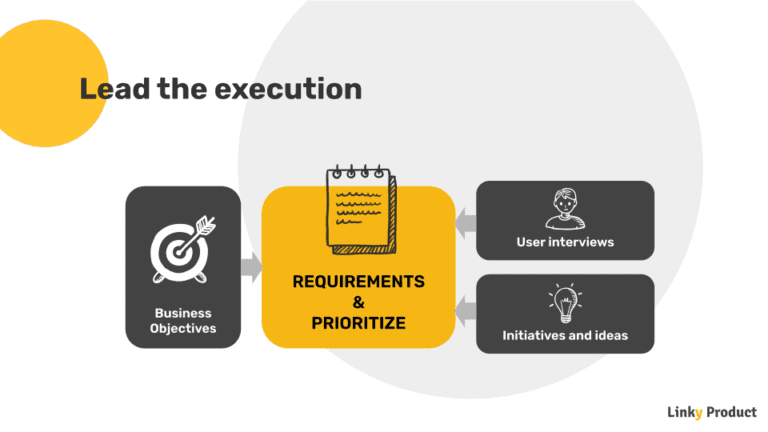
What will help us meet our business goals?
A perfectly-developed product serving the user needs but not supporting the business won’t have a lasting impact.
In order to ensure that their product will live as long as possible, Product Managers are also ensuring that the business remains profitable while running it.
This part of the job is about aligning stakeholders to set business objectives and expectations. It also implies that Product Managers have to understand their market (not just their users) to discover new opportunities or help to support initiatives pushed by marketing teams.
